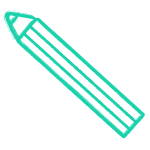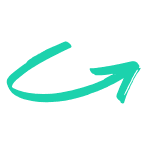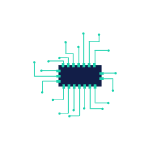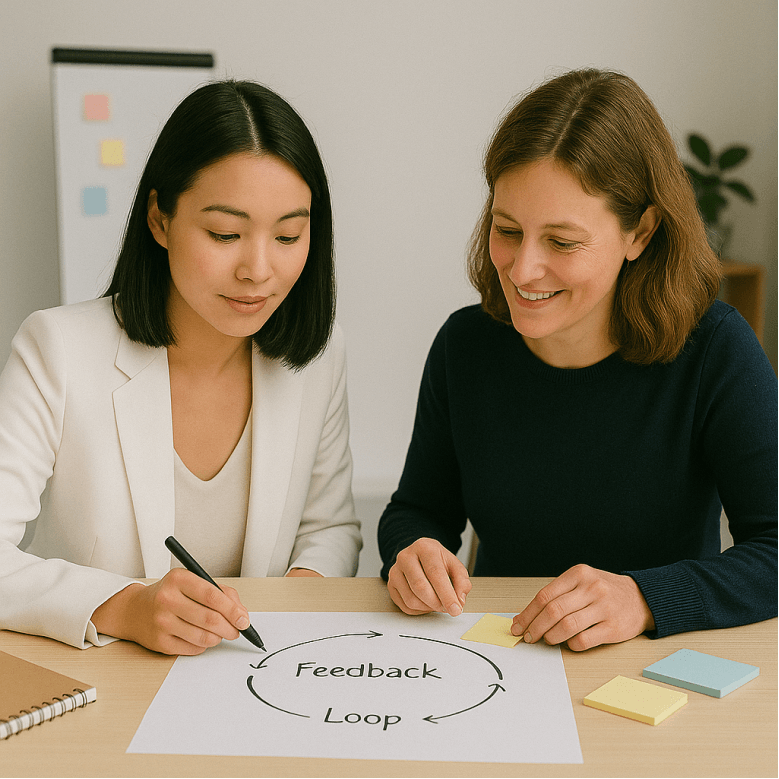Updated: October 17, 2024- 6 min read
The Product Design relationship is one of the most important when it comes to building products without friction.
For a smooth journey together, you need to know how to get along and play nicely!
Product Management vs Product Design
To those outside of tech, and even to some within, the meaning of different job roles can be confusing. Is a Product Manager not some kind of product designer? Do they not decide how a product should look and how what the user experience should be like?
Well, yes and no. Yes, it’s the product manager’s responsibility to gather information and make data-driven decisions on the overall look of a product. But they don’t sit down and manually craft the look and feel of a product. That’s firmly in the realm of Product Design, not Product Management.
The Product <> Design partnership is all about collaborating to create the best product possible. The Product Manage works on defining the problem, and the designers help to build the solution. That’s the magic of product development!
As a Product Manager, here’s what you can do to make your designers love you:

1. Speak Their Language
While Product people and Design people care about the same thing – shipping great products – they just process information in a different way.
Designers typically tend to care less about numbers and data compared to engineers. They want to know more about the user problems from a more human perspective.
Julie Zhuo, Facebook’s VP of Product Design, wrote some great translations in her piece; How to Work with Designers.
‘Optimize the conversation rate on the sign-up flow’ = ‘Make it easier for users to sign up.’
‘Can we increase the click-through rate on this button?’ = ‘How can we make sure users know about this sweet new feature and that it’s easy to use?’
‘We do not need to tank metrics with this change.’ = ‘We need to make sure this change doesn’t make it harder for users to do the things they want to do.’
‘Let’s pump up the viral coefficient.’ = ‘Let’s encourage users who like and enjoy this feature to share it with their friends.’
Not only will this cut down on misunderstandings, but your designers will appreciate having a clear conversation with you.

2. Understand Their Individual Strengths and Weaknesses
Design encompasses more than one thing. As such, your designer may be more talented in one area than another. For example, they might be great at interaction design, but they lack a bit of artistic flair when it comes to visual design.
Anyone with a job that’s more than one-note will have the same problem. We can’t be geniuses at everything!
It’s important to understand this when interacting with your designer. If one aspect of their work isn’t 100% up to your expectations on their first try – it doesn’t necessarily mean they’re a bad designer. It just means that you’ll need to work around their strengths and weaknesses.
If you know that visual design takes them a little longer to get right, adjust your timelines to allow for that, and make your specifications very clear.
There may be some areas of your work that you’re not the best at either. Understanding that that doesn’t make you bad at your job will help you understand that your designers aren’t being bad at theirs.
You should also make an effort to understand their day to day. You might find new avenues to maximize their time, and it will also make your more empathetic and understanding of their problems.

3. Explain the Why Behind Your Choices
Because PMs and Designers have a different way of looking at things, you have to explain the reasons behind your decisions. Saying ‘just get it done’ when questioned won’t only be incredibly unhelpful, but also makes you look pretty unlikeable.
Your Design team will care about providing the best experience for users, and will probably also want to maximize the visual appeal. It’s your responsibility to explain why something has been decided a certain way. Show them the user research which backs up your ideas. In fact, giving them access to user data from the start is the mark of a great product manager, and makes for a smoother product design process. User research is a key asset in UX and UI design. It’s vital that the team have access to this data in order to make good data-driven decisions.
Don’t forget that even though they have a different discipline, they’re also product professionals and opening up that dialogue opens you up to their opinions. Having another set of eyes on a problem could unlock a better solution.

4. Respect Their Vision
As a team, you need to find a balance between what looks good, and what functionally achieves your goals. Sometimes you’ll need to be on the other side of compromise, when a designer tells you that something just doesn’t look good.
This isn’t just because designers are, in a way, artists. Yes, they have a vision, a style of their own, and things they visually prefer. But they’re also educated professionals who know what users want to click on and why.
There’s a reason why UX Design is a whole discipline, and not just something Product Managers and Engineers figure out along the way. It’s a mix of art and science that takes skill and practice. Information architecture is key to good product design, so spend time with your team to fully understand why they’re building it a certain way.
If your designers are telling you that something won’t work, or would look better in a different way, that’s an opinion you need to respect.
If you still disagree with them, or circumstances dictate you need to go in a different direction, make sure they know you’ve considered what they have to say. People who feel heard feel respected, and you’ll have a better working relationship even if you have to make tough choices.

5. Get Them Involved from the Beginning
As Abigail Hart Gray – Director of UX at Google – said in her recent talk at ProductCon New York, design is having a moment right now, and the early adoption of design thinking in product is key for success.
Tech’s obsession with design began with the iMac, when Apple discovered that if people were going to stare at one machine for 9+ hours a day, they preferred candy-colored shells to dull grey boxes.
Getting Design involved from the beginning, rather than building something and passing it along to be ‘prettied up’, greatly improves the quality of your product.
Users don’t just want things that work, they want things that work beautifully. Harvard Business Review published a study which showed that design-driven companies outperformed the stock performance by 228%.
Getting your designers involved from the very beginning not only earns you their respect and trust, but also helps you build your product in the right direction.
To see Abigail’s talk in full, check out the video from #ProductCon New York:
Updated: October 17, 2024





